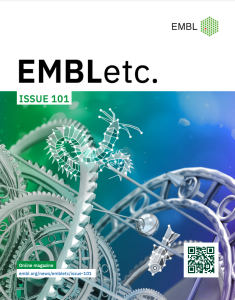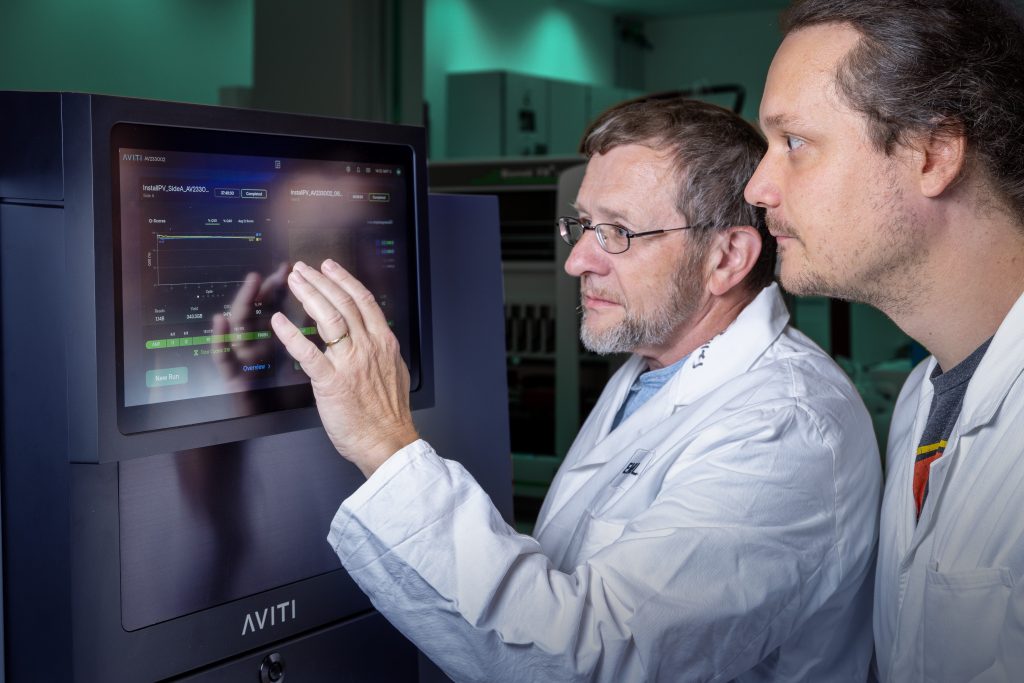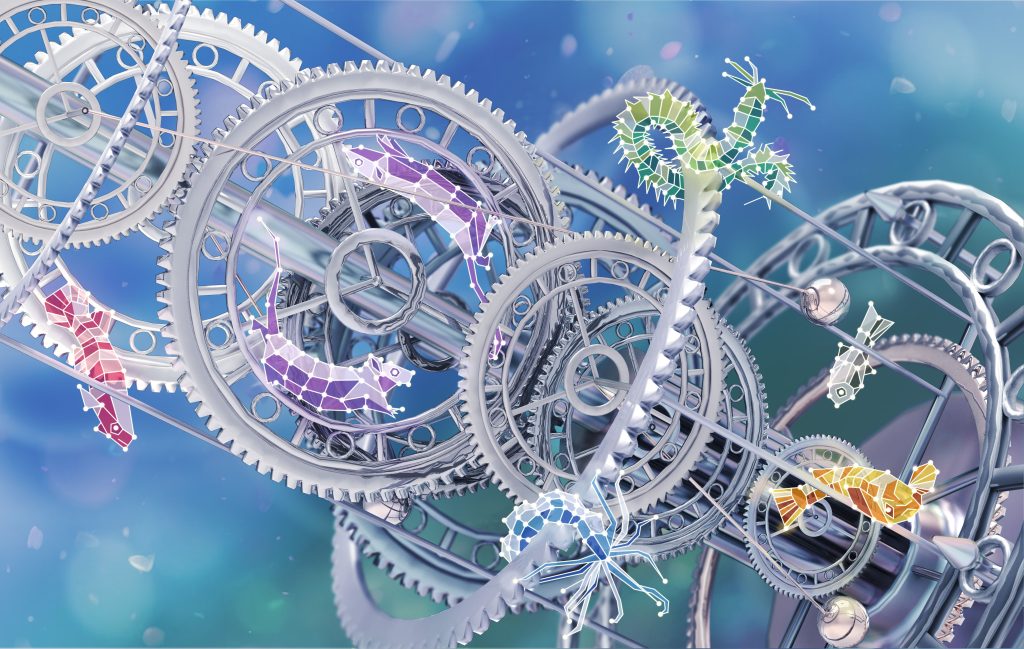30 March 2023
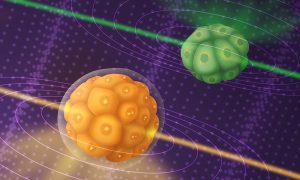
Lab MattersScience & Technology
A new microscope built by EMBL researchers, based on Brillouin scattering principles, allows scientists to observe the dynamics of mechanical properties inside developing embryos in real time.
2023
lab-matterssciencescience-technology
22 March 2023
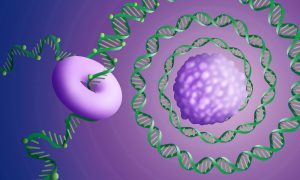
Using Oxford Nanopore long-read sequencing, EMBL scientists sequenced a primary childhood brain tumour known as a medulloblastoma, uncovering a novel complex mutation pattern.
3 January 2023
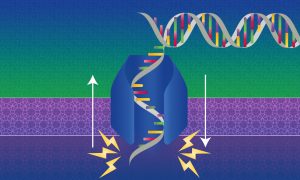
Science & Technology
A new method developed by EMBL-EBI researchers helps to streamline nanopore sequencing in real-time.
2023
research-highlightssciencescience-technology
25 June 2018
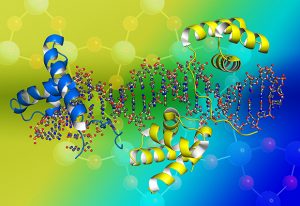
Science & Technology
EMBL researchers develop method that simplifies the isolation of DNA- and RNA- protein complexes
2018
sciencescience-technology
20 June 2018
Science & Technology
New computational method uses multi-omics analysis for personalised medicine
2018
sciencescience-technology
9 April 2018
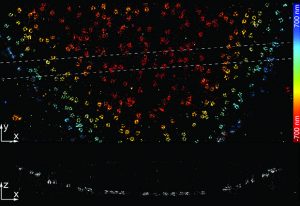
Science & Technology
Open-source software allows standard microscopes to accurately image 3D structures
2018
sciencescience-technology
30 November 2017
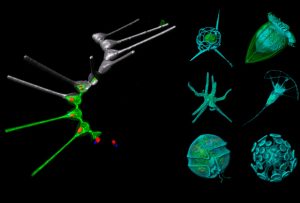
Science & Technology
New method for 3D imaging microorganisms lends insight into the creatures that inhabit our oceans
2017
sciencescience-technology
15 June 2017

Science & Technology
Exploring the potential of user experience for life sciences through industry workshops
2017
eventsscience-technology
27 April 2017
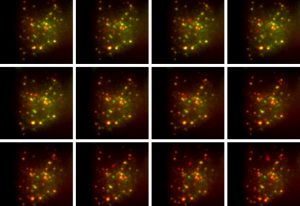
Science & Technology
EMBL researchers develop an optical method for measuring the release of insulin from single cells
2017
sciencescience-technology
13 April 2017
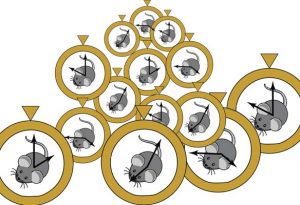
Science & Technology
EMBL-EBI researchers identify mouse epigenetic clock that could help scientists understand ageing
2017
sciencescience-technology
6 March 2017
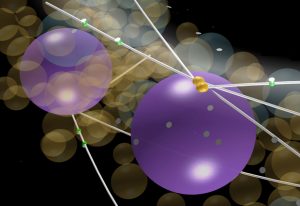
Science & Technology
EMBL researchers develop a computer model to explore the movement of nuclei in a multinuclear cell
2017
sciencescience-technology
2 March 2017
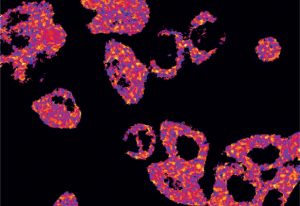
Science & Technology
Differentiated and undifferentiated cells get energy in different ways, sensor made at EMBL shows
2017
sciencescience-technology
14 February 2017
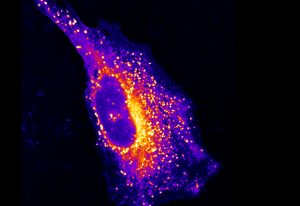
Science & Technology
A new technique developed at EMBL reveals the way fats interact with other molecules in cells
2017
sciencescience-technology
27 October 2016
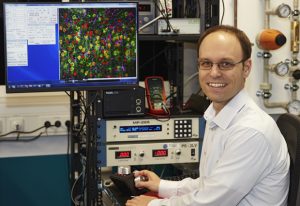
People & Perspectives
Robert Prevedel develops deep-tissue microscopy for scientists to peer deep inside living organisms
2016
people-perspectivesscience
19 October 2016
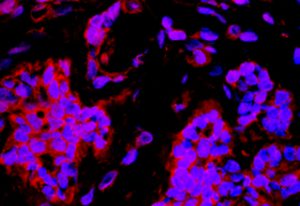
Science & Technology
New platform useful for studies of protein binding, human tissue and more
2016
sciencescience-technology
30 August 2016

Science & Technology
Collaborating to take crystallography into a new time dimension
2016
sciencescience-technology
13 June 2016
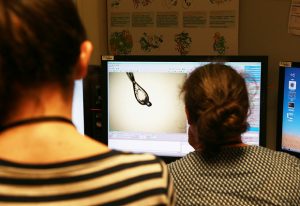
Science & Technology
Establishing a programme of research, development and user services for time-resolved crystallography
2016
sciencescience-technology
20 May 2016

Science & Technology
New method enables scientists to use light to direct where cancer cells go
2016
sciencescience-technology
21 April 2016

Science & Technology
EMBL PhD project puts development in a new light
2016
sciencescience-technology
21 April 2016
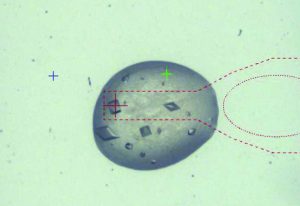
Science & Technology
CrystalDirect, developed at EMBL, automates crystal preparation for X-ray analysis
2016
sciencescience-technology
24 March 2016

Science & Technology
How an EMBL team is making and sharing tools to explore tuberculosis protein structures
2016
sciencescience-technology
21 March 2016
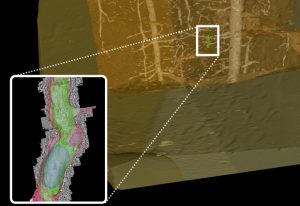
Science & Technology
New technique uses X-rays to find landmarks when combining fluorescence and electron microscopy
2016
sciencescience-technology
8 March 2016
![A new tool for single-cell genomics helps us better understand differences between T cell populations. [Illustration: Spencer Phillips, EMBL-EBI]](https://www.embl.org/news/wp-content/uploads/2016/03/TCell_news_EMBL-e1457443531496-300x205.jpg)
Science & Technology
TraCeR: new method for studying T cells opens up opportunities to explore immune responses
2016
sciencescience-technology
11 January 2016
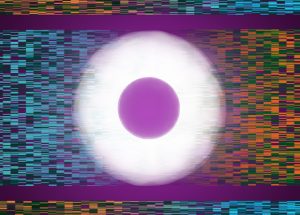
Science & Technology
New method is first to enable parallel profiling of the transcriptome and epigenome of a single cell.
2016
sciencescience-technology
14 December 2015
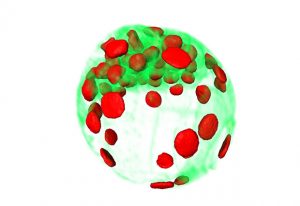
Science & Technology
New microscope can record the first days of a mouse embryo’s life
2015
sciencescience-technology
19 November 2015
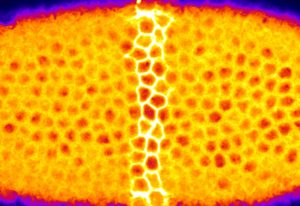
Science & Technology
Using lasers to shed light on how tissues get into shape
2015
sciencescience-technology
2 October 2015
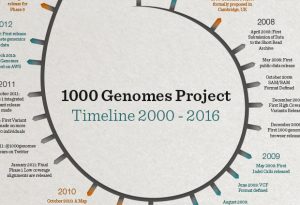
Science & Technology
1000 Genomes Project pushed technologies and knowledge forward to understand what is 'normal' human genetic variation
2015
sciencescience-technology
26 August 2015
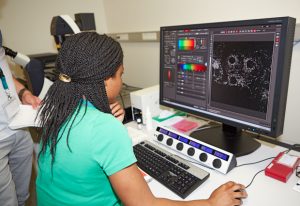
Connections
"It's like living a review!" Participants of recent super-resolution microscopy course share their highlights
16 June 2015
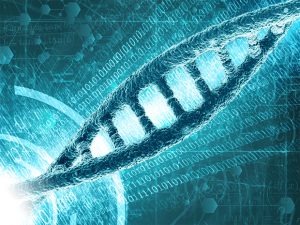
Science & Technology
Researchers at EMBL-EBI speed up complex GWAS analyses with new method and algorithm.
2015
sciencescience-technology
5 May 2015

Science & Technology
Cooperate or compete? Microbes show us that getting along is the better choice for communities.
2015
sciencescience-technology
6 April 2015
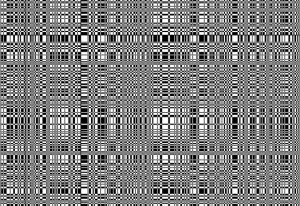
Science & Technology
Coin toss inspires CorMap: a new statistical test that sidesteps need for error estimation.
2015
sciencescience-technology
2 April 2015
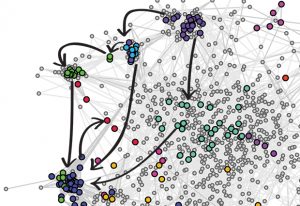
Science & Technology
Go Team Genome! New method reveals genetic teamwork in drosophila genome.
2015
sciencescience-technology
4 March 2015
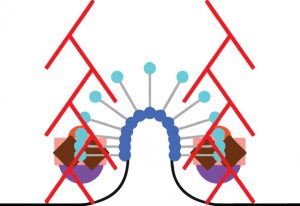
Science & Technology
Combining three different kinds of microscopy to determine how molecules move during endocytosis.
2015
sciencescience-technology
4 February 2015
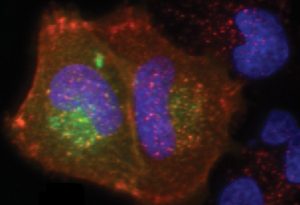
Science & Technology
New microscopy-based method goes beyond gene sequencing, pinpointing the cause of disease.
2015
sciencescience-technology
28 January 2015

Science & Technology
New Bar-ChIP method makes it easier to search for epigenetic marks in many samples at once
2015
sciencescience-technology
27 January 2015
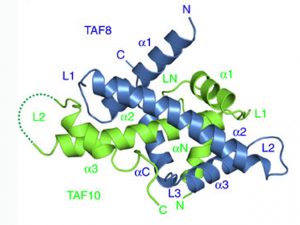
Science & Technology
First experimental proof that a key cellular machine forms by uniting pre-assembled modules.
2015
sciencescience-technology
26 January 2015

Lab Matters
EMBL scientists regularly receive prestigious awards – meet the latest honourees.
26 January 2015

Science & Technology
From using light to control brain activity to illuminating fruit fly development and mice’s sense of touch
2015
sciencescience-technology
23 January 2015

Lab Matters
Alumnus Stefan Hell on his 2014 Nobel Prize for Chemistry
9 December 2014
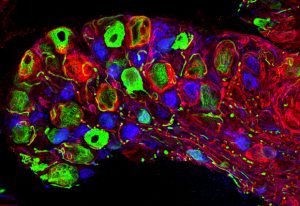
Science & Technology
Unprecedented detail in images of mouse neurons thanks to new SNAP-tagging microscopy technique.
2014
sciencescience-technology
14 November 2014
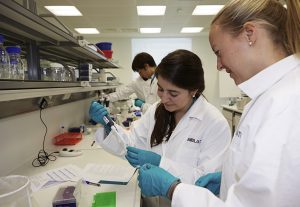
First series of training courses jointly organised by EMBL and Illumina is a resounding success.
20 October 2014

Science & Technology
How Nobel-winning work by alumnus Stefan Hell shapes and inspires current EMBL scientists' research.
2014
sciencescience-technology
17 October 2014
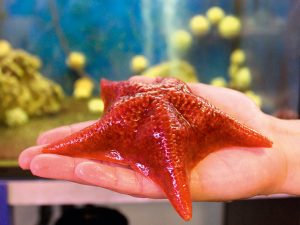
Science & Technology
From anemones to starfish, sea creatures are helping understand development, evolution and more.
2014
sciencescience-technology
14 October 2014
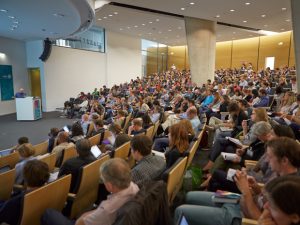
Experts from multiple fields come together to understand how the instructions in genes are read
4 August 2014
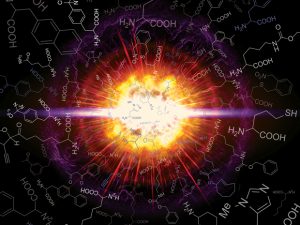
Science & Technology
Edward Lemke edits special issue of ChemBioChem on boom of technology for genetic code expansion
2014
sciencescience-technology
17 July 2014
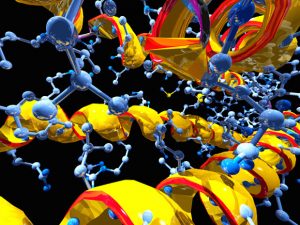
Science & Technology
Cell biologists "underestimate the complexity" of protein interactions, says Toby Gibson.
2014
sciencescience-technology
1 July 2014

Science & Technology
Focusing on basic research is crucial for the development of more advanced genetics techniques
2014
sciencescience-technology
No matching posts found





















![A new tool for single-cell genomics helps us better understand differences between T cell populations. [Illustration: Spencer Phillips, EMBL-EBI]](https://www.embl.org/news/wp-content/uploads/2016/03/TCell_news_EMBL-e1457443531496-300x205.jpg)
























